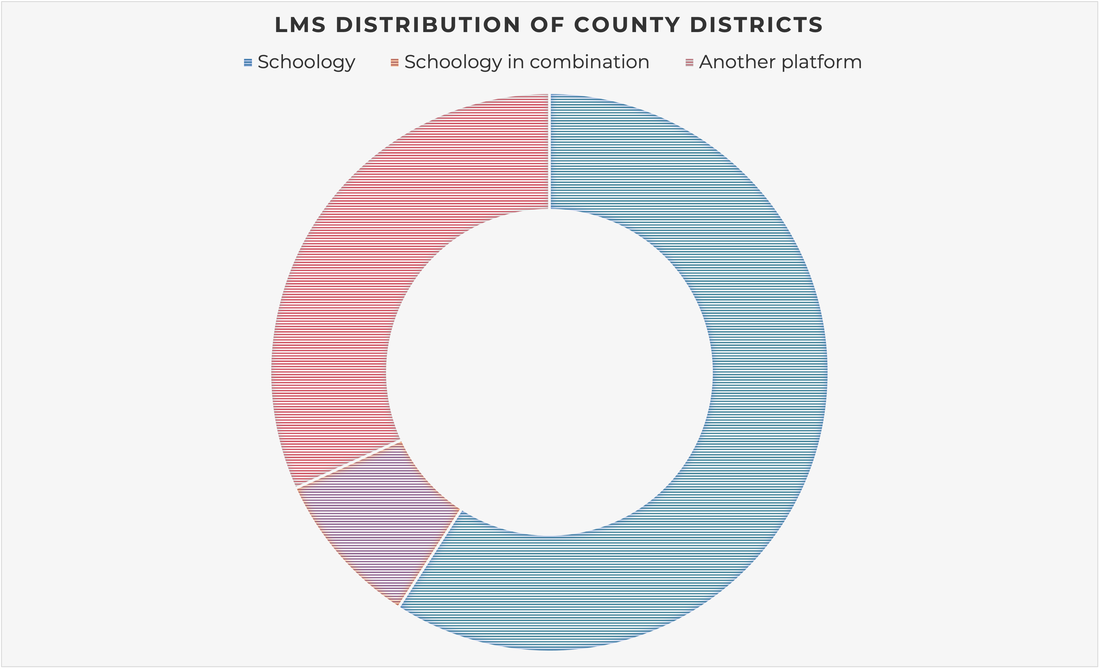Where are we now?
From devices and access to platforms and implementation challenges, in part one I share observations and insights from the field.
Current State of Technology Devices
|
What we are seeing in K-5
|
What we are seeing in 6-8
|
What we are seeing in 9-12
|
What we are seeing in the county
|
Platforms
Challenges
We faced many challenges and successes throughout this process. Developing Remote Learning Plans and Continuity of Learning Plans were a challenge in the absence of foundational understandings about digital age teaching and learning. As a result, several pain points were observed. Specifically, districts struggled with implementation. Other pain points stemmed from platforms, protocols, and training.
Training Needs
|
|
The Transformation Zone
The transformation to Digital Age Teaching and Learning is an evolution. Tech Basics are the focus of the beginning stage. Activities are focused on accessing the technology to build a basic online classroom to post materials and communicate with key stakeholders. Once access to technology to build courses is established, activities are focused on creating a digital environment where technology supports content area standards and the technology standards. At the Tech Integration stage, the focus shifts to building content to include engaging activities, differentiate, support struggling students, and improve the experience for all learners. At the final stage, Tech Embedded, activities focus on leveraging tools across multiple platforms with single sign on and integrations with PowerSchool and Performance Matters to build a culture of digital age teaching and learning.
Where are we now? The Transformation Zone



